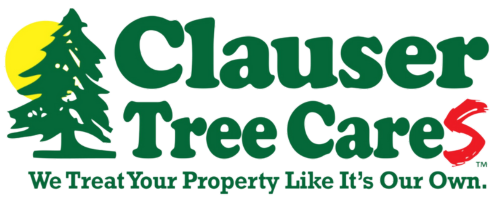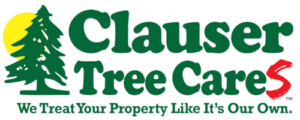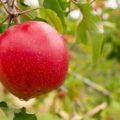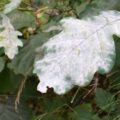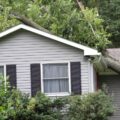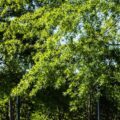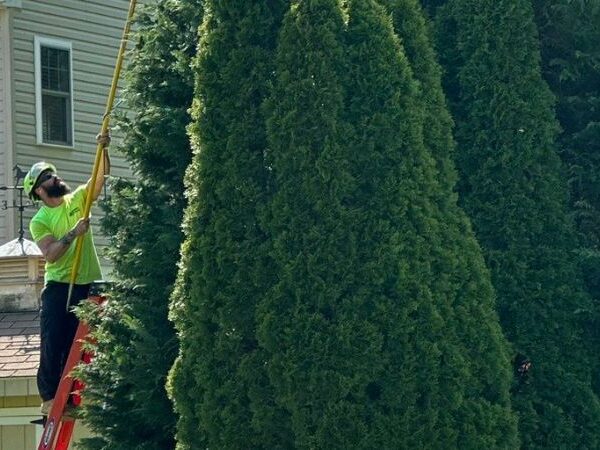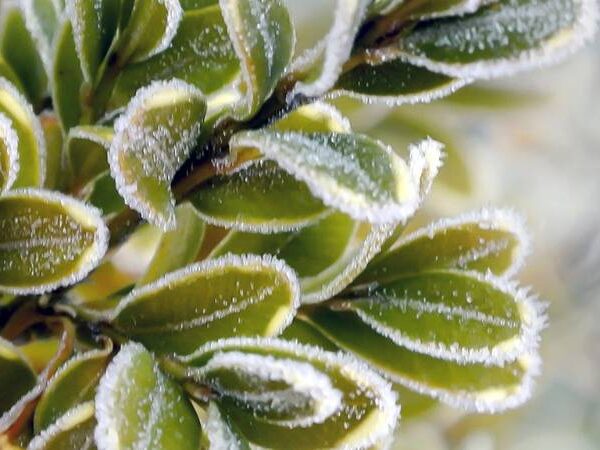In the beautiful backyards of Bucks County and Montgomery County in eastern Pennsylvania, many of us take pride in our homegrown apple trees. But a common problem can spoil the look of our apples and weaken our beloved trees: apple scab. This fungal disease affects both the leaves and fruit of apple trees, making the fruit unappealing and causing premature leaf drop. With no curative treatments available once a tree is infected, apple scab prevention is incredibly important for tree owners.
This guide will walk you through how to spot the signs of apple scab, understand what causes it, and most importantly, how to stop it before it starts. With a focus on the right care at the right time, especially in the spring, we’ll show you how to keep your apple trees healthy and productive. Just follow our practical, easy-to-implement advice to keep your apple trees looking great and producing delicious fruit.
Key Takeaways About Apple Scab Prevention
- Apple scab, a fungal disease affecting leaves and fruit, can be effectively managed with proactive and preventive care, especially in the critical early spring period.
- Key strategies to prevent apple scab in backyard apple trees include pruning for better airflow, practicing good sanitation, and choosing scab-resistant varieties.
- Regular monitoring helps with early detection of apple scab and can significantly reduce its spread and impact on tree health and fruit quality.
- Ignoring apple scab can lead to reduced fruit yield, increased management costs, and even tree loss.
- Consulting professionals like Clauser Tree Care for a tailored preventive maintenance plan can ensure your apple trees’ long-term health and productivity.
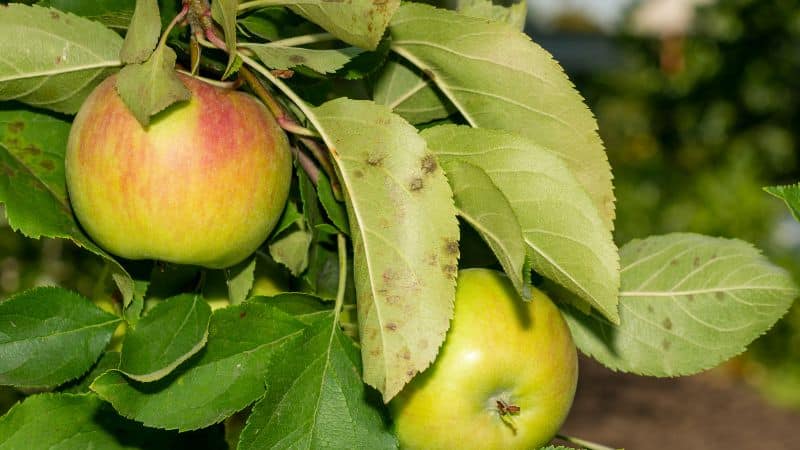
The telltale signs of apple scab: dark spots marring the surface of an apple leaf, highlighting the need for preventive care.
What is apple scab?
Apple scab is a fungal disease which affects apple and crabapple trees throughout Pennsylvania and neighboring states. It is characterized by circular, olive-colored spots on leaves and fruit, which can lead to defoliation, ugly-looking fruit, and fruit drop.
What causes apple scab?
Apple scab is caused by a resilient fungus (Venturia inaequalis) that finds the damp, cool conditions of spring ideal for growth and spread. Although those April showers bring May flowers, they also lay down a welcome mat for this fungus, setting the stage for a cycle of infection that can plague your trees.
When does apple scab appear on trees?
Here’s a closer look at the cycle and conditions that favor apple scab:
- The fungus hides out during winter: The fungus overwinters in the debris around your trees, especially in fallen leaves and dead branches. It’s out of sight but not gone, biding its time until conditions are right again.
- Spring showers activate fungal spores: Come spring, rain acts almost like a wake-up call for the fungus. It helps produce spores that are then carried by the wind or splashing raindrops to fresh, new leaves and developing fruit on your trees.
- Spores grow quickly and infect nearby trees: When these spores land on the wet surfaces of leaves or fruit, they don’t waste any time. They begin to grow, creating the unsightly spots that are the hallmark of apple scab.
Understanding this pattern is vital for tackling apple scab effectively. By knowing when the fungus is most likely to strike and how it spreads, you can implement strategies to interrupt its lifecycle, greatly reducing the chances of an outbreak.
DID YOU KNOW? In Pennsylvania, apple enthusiasts most often grow varieties like Honeycrisp, known for its crisp texture and sweet-tart flavor; Fuji, with its sweet taste and longevity; Gala, celebrated for its sweetness and versatility; Red Delicious, a classic favorite for its sweetness; Golden Delicious, preferred for cooking due to its rich flavor; and McIntosh, sought after for its tartness and suitability for pies.
Spotting Apple Scab: Symptoms to Watch For
Apple scab might start quietly, but the signs become unmistakable as the disease progresses. Knowing what to look for can help you catch it early, making management much more straightforward. Here are the key symptoms on both leaves and fruit:
Apple Scab Symptoms on Leaves
- Early Signs: Look for small, olive-green spots that can appear on the upper surfaces of leaves. These spots are the first red flags indicating you may be dealing with apple scab.
- Progression: As the disease develops, these spots darken to black and can merge, creating larger areas of infected tissue. Infected leaves may curl or twist and can turn yellow, weakening the tree by reducing its ability to photosynthesize.
- Falling Leaves: One of the more severe consequences of unchecked apple scab is premature leaf drop. This affects the tree’s health in the current season and can compromise its vigor for the following year.
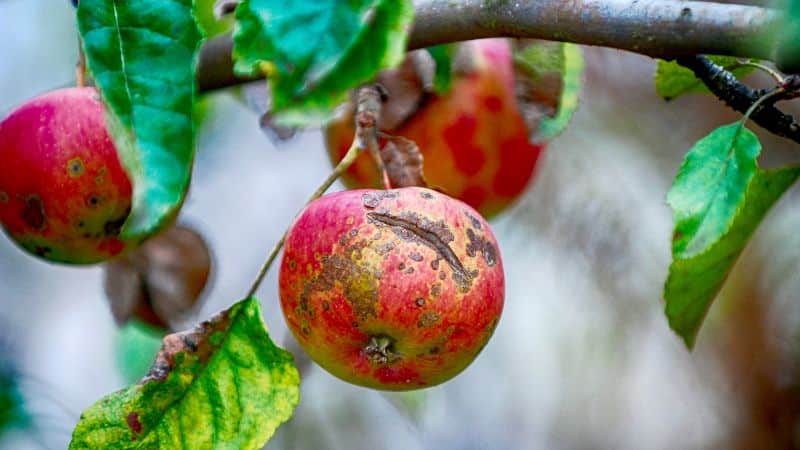
Evidence of apple scab on an apple, showcasing the characteristic dark, blemished spots on the fruit skin.
Signs of Apple Scab on Fruit
- Surface Spots: Similar to leaves, fruits will develop dark, velvety spots. These spots are unsightly and can affect the appeal and quality of the fruit.
- Impact on Quality: As the disease worsens, it can cause the fruit’s skin to crack, making it prone to other infections and reducing its overall quality. The fruits may also become distorted if the infection occurs early in development.
Apple Scab Effects on Overall Tree Health
- Loss of Vigor: Trees heavily affected by apple scab are more susceptible to other stresses, including drought and secondary infections. Over time, a tree weakened by repeated scab infections may produce less fruit or, in severe cases, die.
Understanding these symptoms is the first step in a comprehensive apple scab management strategy. Early detection allows timely interventions, reducing the impact of the disease and helping maintain healthy, productive trees.
Cultural Prevention Strategies: Keeping Apple Scab at Bay
Effective management of apple scab revolves around preemptive actions and cultural practices that reduce favorable conditions for the fungus’s growth and spread.
Here are the cornerstone strategies to prevent apple scab in your backyard apple trees:
Be Vigilant in Spring
The critical time for preventing apple scab is early spring, just as the new leaves begin to unfurl. This period is when preventive measures have the most significant impact, stopping the fungus before it can take hold.
Prune for Airflow
Enhance air circulation around and within your apple trees by pruning overcrowded branches. Better airflow helps leaves dry faster after rain or dew, making them less inviting for fungal spores.
Clean Up Thoroughly in Fall
Remove and dispose of fallen leaves and other debris from under your trees in the autumn. This practice helps eliminate the fungus’s overwintering sites.
PRO TIP: Don’t dispose of infected apples or leaves in your compost unless you know it gets (and stays!) hot enough to kill fungal spores. Burning (where allowed) or municipal green waste disposal are better options.
Prune Out Infected Areas
If you spot infected branches or twigs, prune them out promptly and remove them from the area to reduce spore spread.
Plant Scab-Resistant Apple Varieties
When planting new trees or replacing old ones, opt for apple varieties known to be resistant to apple scab. These varieties are bred to be less susceptible to the disease, significantly reducing the need for intensive management.
Water Apple Trees Correctly
Water your trees at the base to avoid wetting the leaves, which can promote fungal growth. Drip irrigation or soaker hoses are excellent for this purpose, as they direct water to the roots where it’s needed most.
Mulch Around Trees
Apply a layer of mulch around the base of your trees to help retain soil moisture, regulate temperature, and prevent spore splash-up from the soil during rainstorms.
Inspect Trees Regularly
Keep a close eye on your trees, especially during the wet, cool spring months. Early detection of any symptoms can allow for prompt action to minimize spread.
Watch the Weather
Be mindful of the weather forecast, particularly during the spring. Extended periods of wet, cool weather increase the risk of apple scab, so intensify your monitoring and preventive practices during these times.
Chemical Control of Apple Scab: Apply Fungicides Preventively
To prevent scab infections, spray fungicides at regular intervals on new leaves and fruit. These treatments are ineffective on already affected areas but serve as a proactive approach to safeguard unblemished leaves and fruit. Initiating spray treatments on fresh, unaffected foliage and fruit can halt the onset of the disease on these healthy parts.
There’s no need to apply fungicide sprays on apple trees during their dormant phase, as the disease is triggered by the moist conditions on apple leaves and fruit under early spring temperatures.
To ensure the complete eradication of the disease, you may need to continue preventive spray treatments over a span of two years.
Always read the labels on fungicide sprays carefully and follow all instructions. Various fungicides have different frequencies or timing for application, while others are designed for only certain varieties of apple or crabapple (such as ornamental crabapples).
DID YOU KNOW? The State of Pennsylvania is the nation’s fourth-largest producer of apples!
Timing for Apple Scab Prevention
It’s critical to get the timing of apple scab prevention measures right.
The time to be most vigilant is in early spring as new leaves start to emerge. This is also the best time to apply organic or cultural treatments designed to protect your trees from infection.
Missing this window can leave your trees vulnerable to apple scab, as once the fungus establishes itself, it becomes much harder to control.
The goal of these strategies is not only to protect your trees this season but also to reduce the overall level of fungal spores in your yard, making future outbreaks less likely. Consistently applying these preventive measures can lead to healthier apple trees and more bountiful harvests in the future.
The Consequences of Ignoring Apple Scab
Neglecting the signs of apple scab and foregoing preventive measures can have lasting impacts on the health and productivity of your apple trees.
- Reduced fruit quality and yield: Apple scab primarily affects the appearance of the fruit, but severe infections can also lead to a significant reduction in yield. Infected fruits often develop cracks, inviting secondary infections that further degrade quality.
- Declining tree health: Continuous defoliation year after year weakens apple trees, reducing their overall health and vigor. Weak trees are less productive and more susceptible to other diseases and pests, compounding the challenges of growing healthy apple trees.
- Increased management costs: As the disease takes hold, more intensive efforts (and potentially more resources) are needed to control the spread and mitigate the damage. This can lead to increased costs for homeowners who must invest in more aggressive treatments and possibly professional consultations.
- Tree death: In the most severe cases, repeated heavy infections can lead to the premature death of apple trees. This not only represents a loss of investment in the tree itself but also impacts your garden’s overall aesthetics and function.
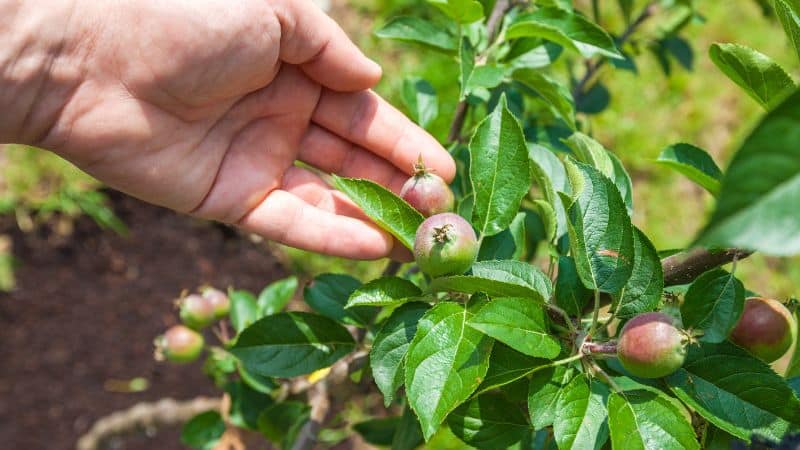
Clauser Tree Service experts provide personalized advice during a client consultation, ensuring the health and vitality of their trees.
Call Clauser Tree Care to Protect Your Apple Trees
Don’t let apple scab undermine the health and productivity of your apple trees! The key to managing this pervasive fungal disease is vigilance and timely action. With the right prevention practices, you can enjoy the beauty and bounty of your apple trees for years to come.
If you’re concerned about apple scab or other tree health issues, call Clauser Tree Care at 215-542-8291. Our arborists can assess your trees and devise a comprehensive preventive maintenance plan to keep your apple trees healthy.
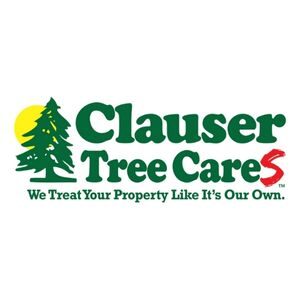
About Clauser Tree Care
From who you talk to on the phone in our office, to our courteous and experienced work crews who provide your service, all of the hard-working team members at Clauser Tree Care strive for complete client satisfaction. Our job is simply not done until you are pleased with the experience that you have had working with our company. Founded more than 25 years ago on the principles of honest work and arboricultural best practices, we strive for a higher standard of care for a greener future.
